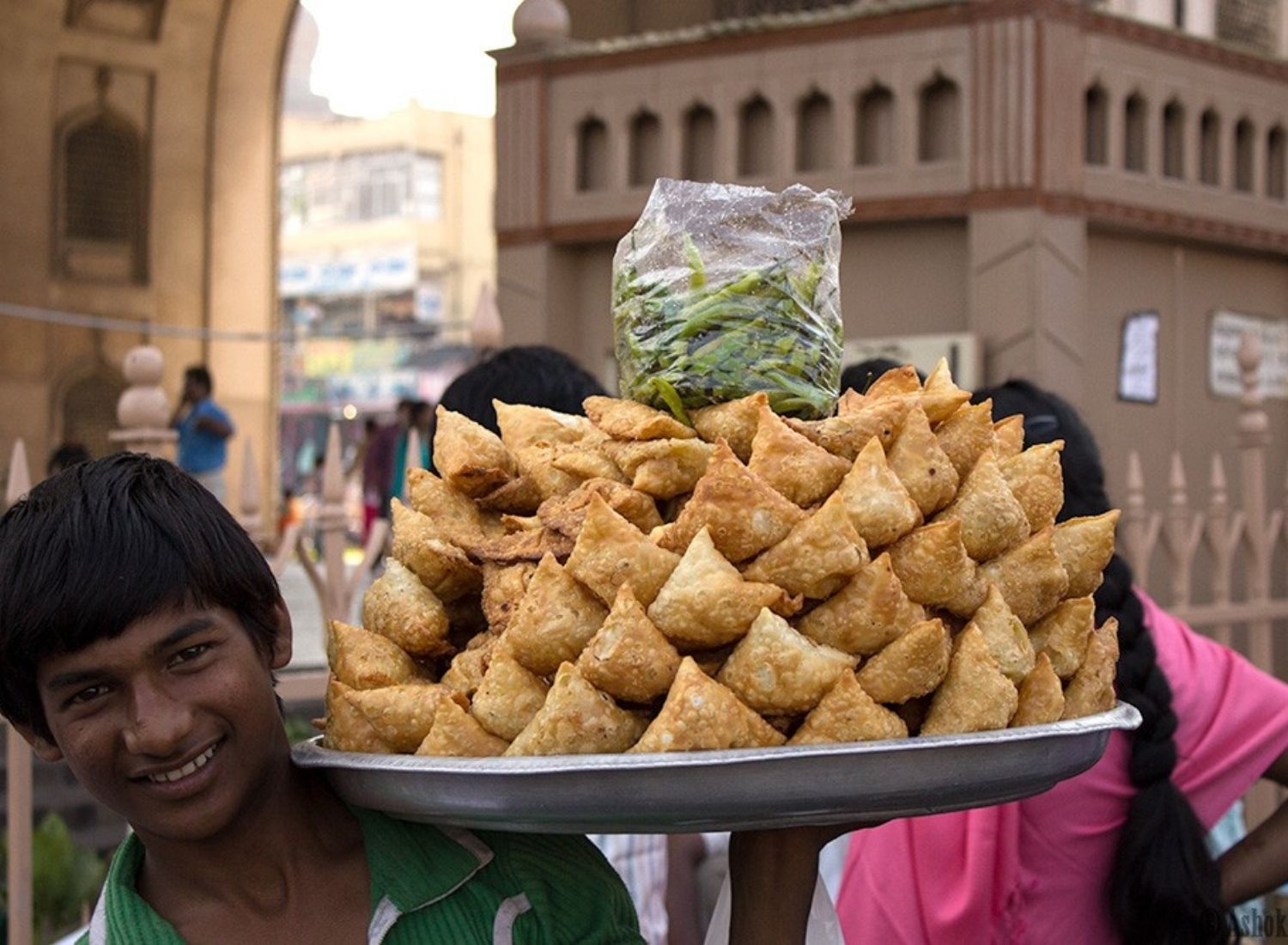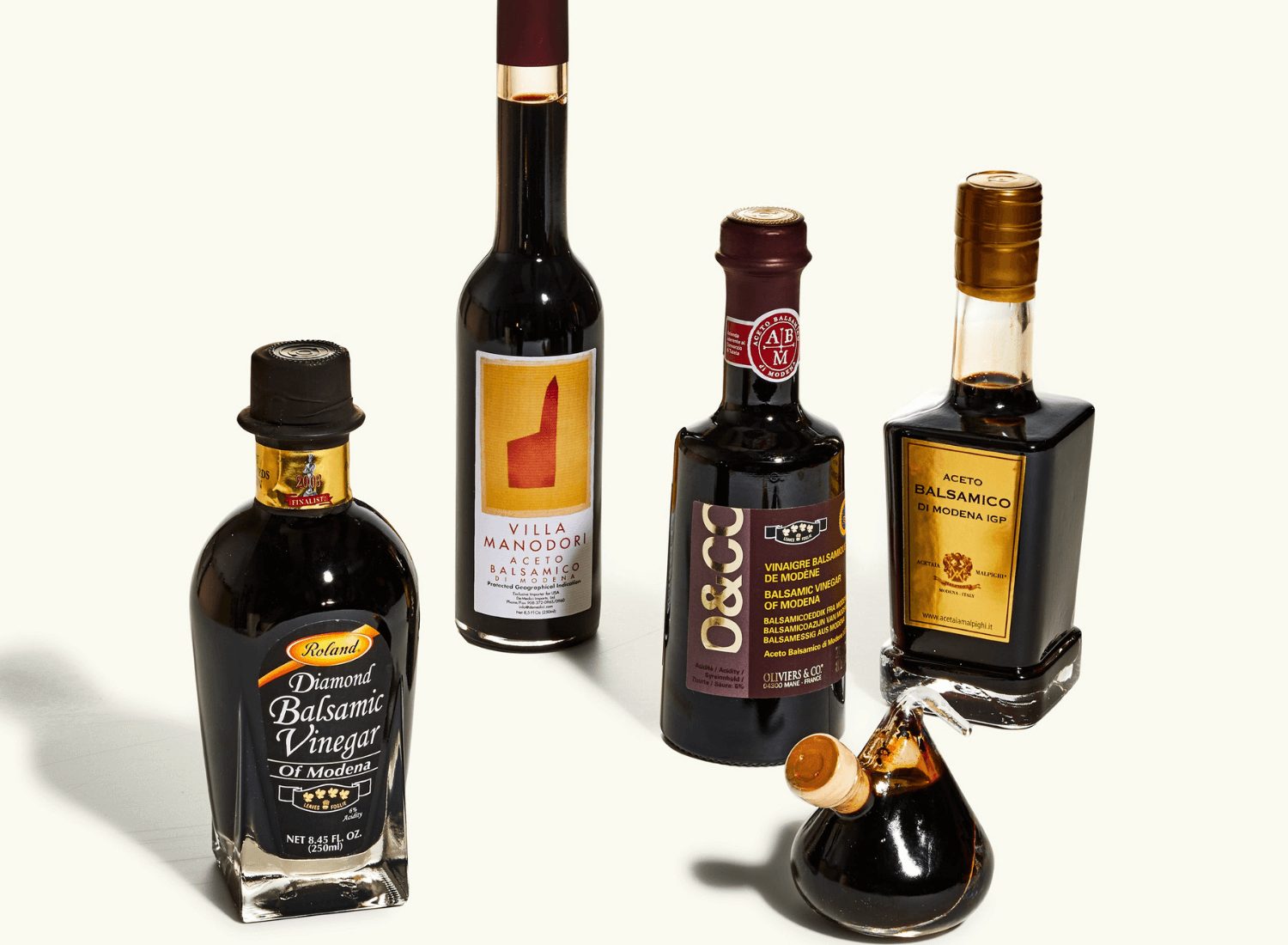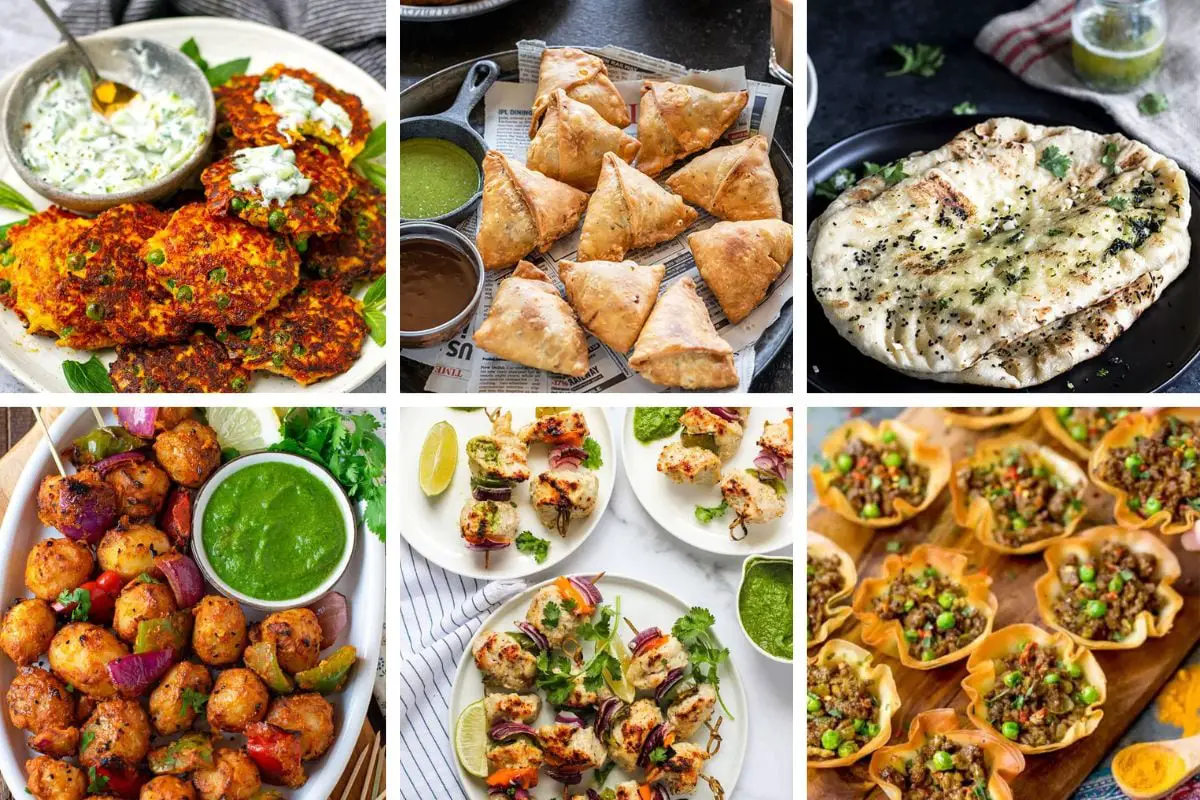The origin of the word Samosa comes from the Persian word Sanbosag. In India, this popular Indian snack has a number of names. In Bengal, it is called Shingara and in Odisha, it is called Shingada. Goa and the country of Portugal have adopted the same name and call it Chamuca, and in Hyderabad it is known as Lukhmi.
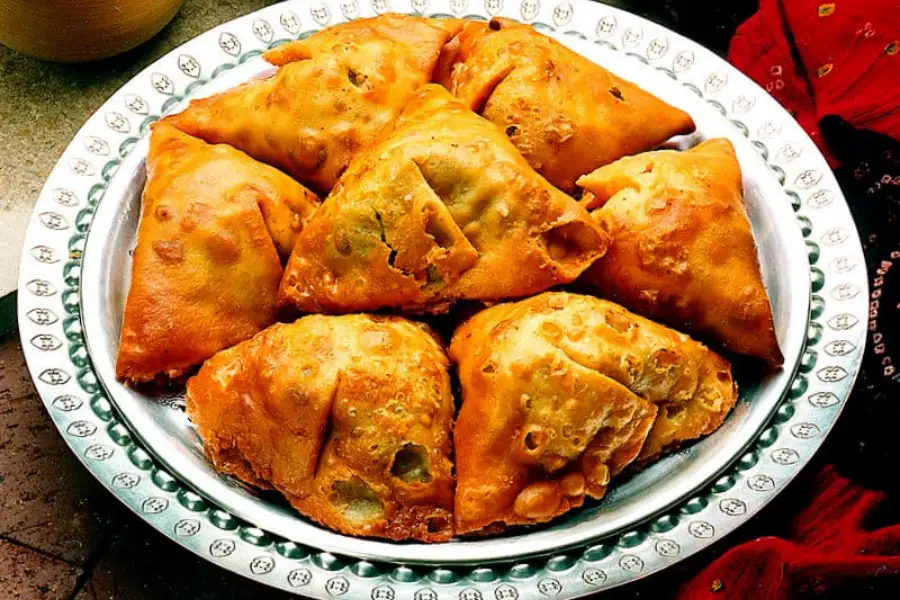
For all of us who love to eat Indian snacks, eating samosas is something that goes in unison with it. Crispy, triangular, and golden-fried, samosas have been extremely popular in India for almost eight centuries now. Many people are under the misconception that samosa originated from India. But, NO! It did not. Samosa has traveled across countries and centuries and has truly left its mark!
Origin And The History Behind Samosa
The origin of samosa began thousand of miles away from India in Central Asia and the Middle East almost eight centuries ago. A number of Persian cookbook texts which were written between the 10th and the 13th century have referred to pastries as ‘Sanbusak,’ which comes from the Persian word, ‘Sanbosag.’ Other historical accounts refer to travelling merchants who used to eat mince-filled triangular pastries around campfires while travelling on long journeys. It is because of these merchants that the samosa traveled from Central Asia to North Africa.
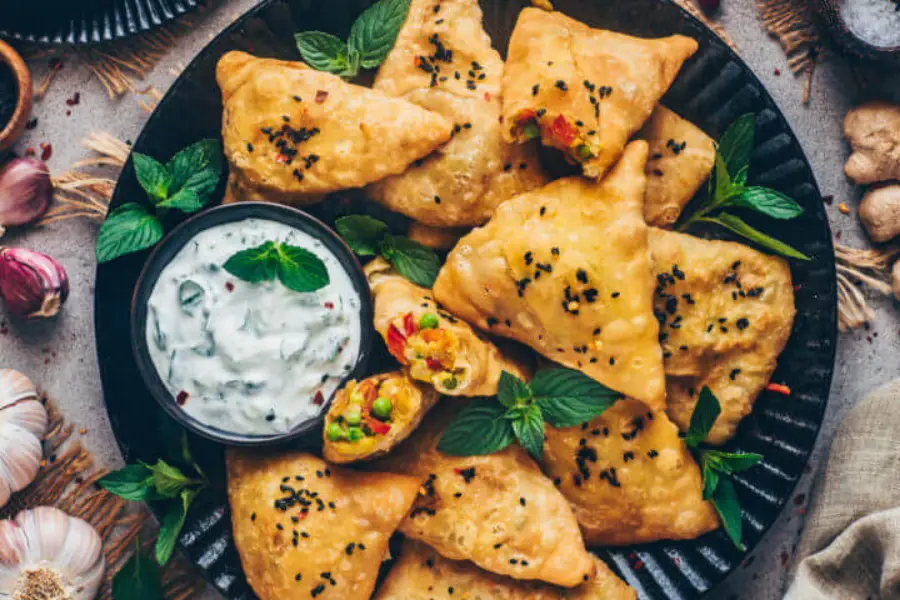
In India, the samosa was introduced by Middle Eastern chefs during the Delhi Mughal Sultanate’s rule in 1526, who brought along with them an array of culinary techniques. A snack fit for kings and princes; the samosa became a snack that was loved in the royal house. After its arrival in India, it was adapted as a vegetarian snack and centuries later, it continues to be India’s most beloved snack.
Ibn Batuta, a 14th-century Moroccan explorer who came to India through the high mountains of Afghanistan, has written about a meal he had in the court of Muhammed bin Tughlaq. According to his narrative, there was a dish called Sambusaks and described it as spicy, small pies stuffed with minced meats, almond, pistachios and walnuts, that would be served as an appetizer before the main course followed.
Varieties Of Samosas

Throughout India, a number of varieties of samosa exist, all of them served with spicy chutney. In North India, the samosa is prepared by putting together maida flour which is used for the outer pastry and the most popular filling of mashed potatoes, green peas, onions, and other Indian spices. The outcome once fried is a crispy, airy, light brown, hot samosa filled with goodness. While the North Indian version of the samosa is large, the meat samosa which are also famous are much smaller in size and are made with minced meat, lamb, chicken along with green peas, onions, and spices.
A sweet samosa, also known as Mawa Gujiya, is also eaten in some parts of India, particularly during the time of festivals. This is a mini samosa and has a mixture of khoya and dry fruits.

In Bihar, Odisha, West Bengal, and Jharkhand, the version of Shingara is famous. These are also smaller in size and have a number of folds. The potatoes are cut and not boiled as usual, along with peanuts and a number of dry fruits. In Hyderabad, the samosa is a meat-filled one and is called Lukhmi with a thick pastry crust; and in Karnataka, the onion-filled samosa is a delicacy.
The Goan samosa is called chamucas, which is made with minced pork and chicken. Chamucas are also eaten in Portugal today and in Mozambique and Spain, where they are called ‘pasteis.’
In the Middle Eastern countries, the shape of the samosa is different. It is semi-circular and is called sambusak, which is filled with minced meat along with onions, spinach, and feta cheese. In the Maldives, samosa is called bajiyaa, and they are filled with a mixture of fish.

In Maharashtra, particularly, Mumbai, Samosa Pav is extremely popular. The samosa is put inside fresh bread, locally called pav, and served with dry garlic chutney.
Another twist to the samosa is the Samosa chaat. The samosa is topped with yoghurt, chopped onions, tomatoes, spicy green chutney, and sweet tamarind chutney. This again is a must try, owing to the flavors coming together.
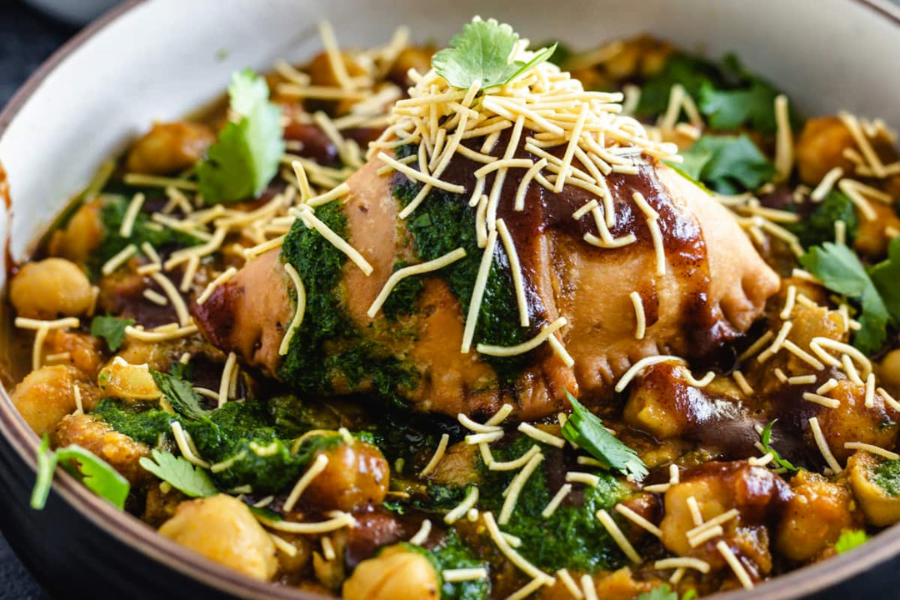
What makes the samosa universal is how it has catered to people from different social groups. Right from its inception in India in the royal Mughal households, to being a snack enjoyed by even the common people. Today, after centuries of evolution and change, the samosa is seen as a snack that is devoured by people across the globe.
Be it an evening walk with friends along with chai and samosa or a business team meeting, who wouldn’t want to take a bite of hot, golden, crispy fried, potatoes with spices, chutney dipped and a taste that is impeccable!
Read also – The History Behind Most Loved Beverage in India Tea
